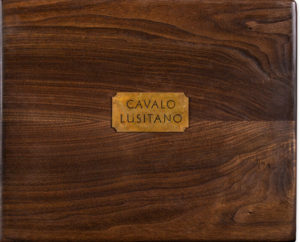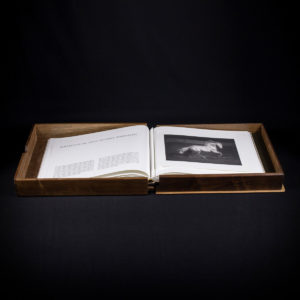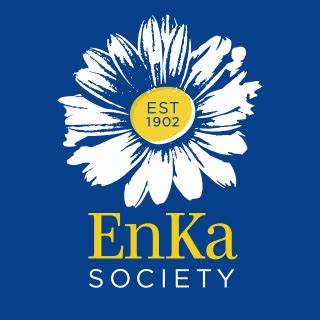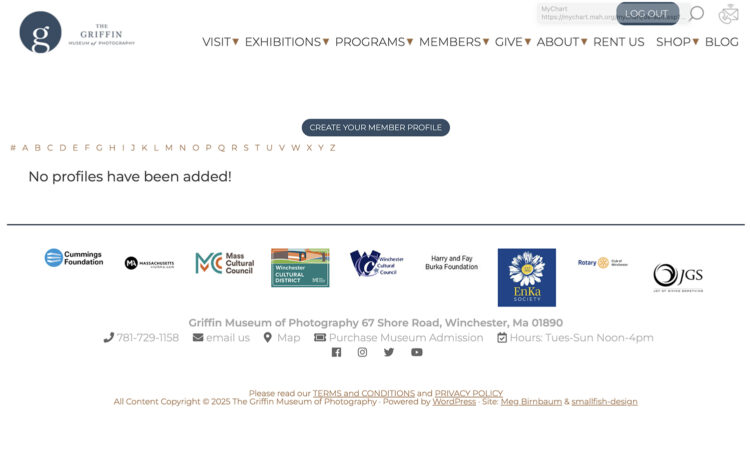Statement
This is a daydream: through the long cold months of winter the ghosts of summers past are drawn as a memoir in graphite and colored pencil on a photograph of the snow-covered landscape.
The landscapes are rendered in platinum palladium on watercolor paper.
Each image is 15”x22” one of a kind print $1200 each unframed.
There are 24 images available for purchase. A contact sheet with titles is included in the photographs.
Bio
Received a BFA from Syracuse University, MA from Rutgers University, and MFA from Syracuse University (all in Visual Arts).
Painter, photographer. Writes art criticism and articles on the visual arts for arts magazines. Photography teacher for over twenty-five years at New York University, and the International Center of Photography in New York City.
Soho Photo Alternative Photography award Third place2021, Margaret Cameron Photography Award, Honorable Mention 2019, 2016 NJSCA Artist Fellowship for Works on Paper. 2015 Arthur Griffin Legacy Award, Griffin Museum, 2009 Honorable Mention in FineArts Photography Lucie Awards. Three-time recipient of NJSCA fellowship award. Numerous one-person shows, most recently inCasa Columbo Museum, Jersey City, NJ 2019
Griffin Museum of Photography, Winchester, MA 2019, Hunterdon Art Museum, Clinton, NJ 2019, as well as Medellin, Columbia, Taipei,Taiwan, Lubbock, Texas and New York City. Curated several exhibits, including ”Memory & Loss”, a five-person photo-based exhibit at the Mary Anthony Gallery in New York City. Her work is in several notable corporate, museum and private collections. Recent publications about her work include Photography’s Antiquarian Avant-Garde, by Lyle Rexer, Abrams Publishing, Light & Lens,Photography in the Digital Age, & Photographic Possibilities by Robert Hirsch, Focal Press as well as several other photography books. Photo Insider Magazine featured an interview with her about her work in their June issue 2001.
Her co-curated exhibit (with Orville Robertson) “Manifestations: Photographs of Men”, opened at the Southeast Museum of photography in 2004. Collections include Pfizer Corporation, New York, NY
The Buhl Collection, New York, NY, Southern Alleghenies Museum, Loretto, PA, Colombo Centro Americano, Medellin,Colombia, Prudential Insurance Company,Newark,NJ, Milwaukee Art Museum, Milwaukee, WI, Bristol-Meyers Squibb, Lawrenceville, NJ. Taiwan Photo-Fest, Taipei, Taiwan, Nantong Museum, China, Brooklyn Museum Artist Books Collection, Newark Public Library Artist Books Collection,Philadelphia Free Public Library, PNC Corp., New Brunswick, NJ, Provident Bank,NJ, Smith College Museum of Art, Northhampton, MA
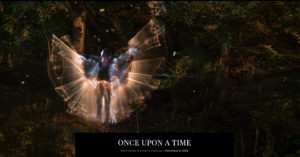
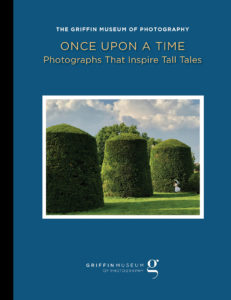
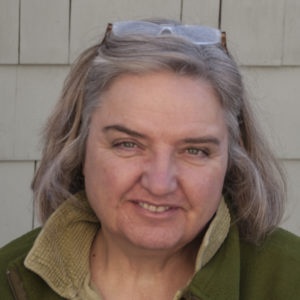 Cassandra Goldwater is a former adjunct professor at Lesley University where she taught Creative Nonfiction, freshman English and survey literature classes to undergraduates for almost 10 years. Additionally, she mentored students in the Low Residency MFA program in word image projects. Partnering with Karen Davis, she co-taught Word Image in the extension program at Lesley. She holds an MFA from Lesley University, an MBA from Simmons College, and a BA from the University of New Hampshire.
Cassandra Goldwater is a former adjunct professor at Lesley University where she taught Creative Nonfiction, freshman English and survey literature classes to undergraduates for almost 10 years. Additionally, she mentored students in the Low Residency MFA program in word image projects. Partnering with Karen Davis, she co-taught Word Image in the extension program at Lesley. She holds an MFA from Lesley University, an MBA from Simmons College, and a BA from the University of New Hampshire.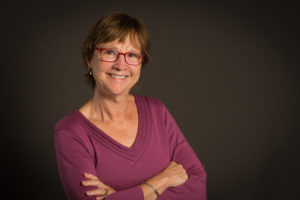 Jill Frances Johnson is the Assistant Nonfiction Editor at Solstice Literary Magazine. Jill earned her MFA in Creative Nonfiction at Lesley University in Cambridge, MA in 2017 after graduating from Smith College in the Ada Comstock Scholars Program for nontraditional (older!) students. Her work appears in Under the Gum Tree and Clockhouse and SolsticeLitMag. Her current project is a memoir Water Skiing in Kashmir about her expat life during the ‘60’s.
Jill Frances Johnson is the Assistant Nonfiction Editor at Solstice Literary Magazine. Jill earned her MFA in Creative Nonfiction at Lesley University in Cambridge, MA in 2017 after graduating from Smith College in the Ada Comstock Scholars Program for nontraditional (older!) students. Her work appears in Under the Gum Tree and Clockhouse and SolsticeLitMag. Her current project is a memoir Water Skiing in Kashmir about her expat life during the ‘60’s.